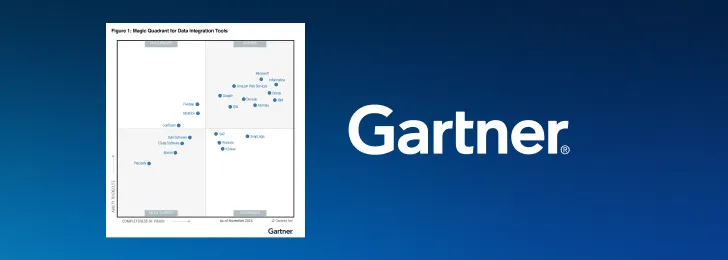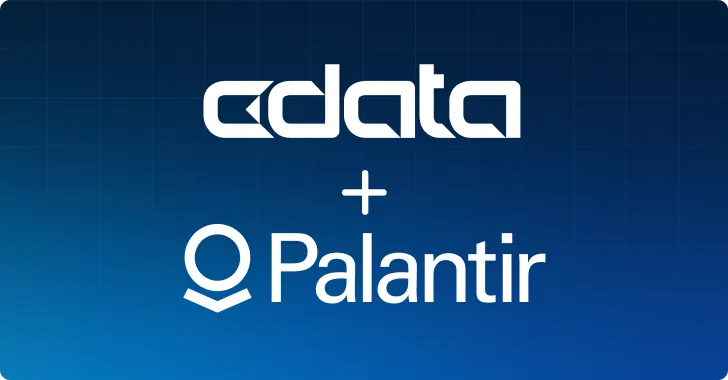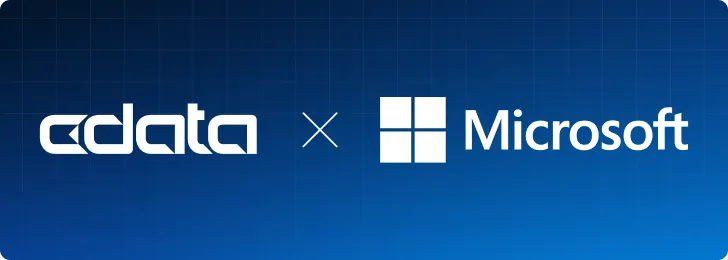
As businesses become more data-driven, employees increasingly demand more from their data. Fortunately, there are ample opportunities to promote ‘data literacy' for a growing roster of DIY data users — who must learn to extract meaning from the data generated across their suite of tools.
However, unless each user is sufficiently trained to access and analyze data, self-service analysis tools simply cannot drive useful business insights.
What is Data Literacy? According to Gartner, being “data literate” is having the ability to understand, share common knowledge of and have meaningful conversations about data.
Gartner has found that data literacy has been formally included in over 80% of data and analytics strategies and change management programs. It’s clear that the concept is essential in today’s business, and without it, professionals are at risk of data misanalysis and misuse.
To overcome this obstacle to successful data use, enterprises must now support ‘data citizens’ throughout the business – ensuring that employees can confidently understand, analyze, and report on their data by providing more guidance and resources to drive better decisions. Fortunately, self-service data connectivity tools make it easier to work with data, giving data citizens a step up in their data literacy journey.
Let’s explore why and how your organization can simplify data literacy by embracing no-code data connectivity tools and self-service data workflows.
Democratized Analysis Needs Data Literacy
In order to disseminate and analyze data across teams, each user must be able to frame and discuss data on the same level.
In a business context, data analytics tools enable teams to understand an organization’s audience, sales and performance metrics, forecast, and other data points. Enabling data literacy allows for more people across the organization to pull and leverage those metrics from the analytics tools – giving meaning to the numbers generated across the business.
If data users don’t know how to source, prepare, and frame data into clear, actionable insights, the big picture can get lost and muddled – leading to underperformance and confusion.
Even with support from predictive AI suggestions embedded into self-service analytics tools today, business users often are not prepared to extract important answers to questions like:
- “Is there stability and predictability over time?”
- “Are there trends in our industry or organization that justify data shifts?”
- “Where did this data come from, and is it the best data available for this conversation?”
Even if citizen analysts know how and where to access their data thanks to simplified data connectivity software or self-service analytics tools, they might still be at a disadvantage if they don’t know what questions to ask of their data. This presents the opportunity to explore more resources for data literacy to fill in their knowledge gaps.
Self-Service Alone Doesn't Support Data Literacy
Until recent years, non-technical business users have relied on IT data experts to fill the technical gaps of accessing, transforming, and analyzing data. Self-service analysis has recently helped lines of business conquer the technical barriers around presenting data – disseminating information to more hands and freeing up IT resources.
To extract and analyze vital information for the business, citizen analysts must be able to form a complete picture from all the data available to them, then ask all the right questions around why that data is important to the overall goals of the business.
But what happens when analytics tools don’t support connections to all the systems and applications leveraged by a business unit? Missing connections can lead to missing information, incomplete reports, and misunderstood metrics. Data preparation, movement, and integration are roadblocks to data literacy for non-technical business users.
Many business users simply aren’t equipped to intricately string data together with legacy data pipeline technologies, or build custom integrations using APIs. The result? Business users still must wait for data experts to move, transform, and integrate data across the complex modern data stack to fit neatly into the analytics tools of their choice.
As industries increasingly demand real-time decisions, data analysis bottlenecks quickly become a competitive disadvantage. Ultimately, a lack of data access and literacy can cause self-service analysis to perform below expectations.
Shrinking the Gap with Self-Service Connectivity
Thankfully, simplified, self-service data connectivity technologies shrink the literacy gap by simplifying the work of integrating data sources with analytics tools. This enables citizen analysts to easily connect all their data with the analytics tool of their choice, allowing them to generate up-to-date reports based on accurate and complete data.
With no-code, standards-based connectivity tools like CData Connect AI, business users and IT teams alike can feel confident in their ability to access and report on their data. By making these technical tasks approachable, organizations equip business users to hone the data literacy skills that matter most – asking and answering vital business questions based on trustworthy data.
Simplifying Data Literacy with End-to-End Self-Service
Self-service resources will continue to expand what non-technical business experts can accomplish for years to come. Organizations can act today by introducing self-service data connectivity solutions alongside analytics tools to speed up their path to data literacy.
Get a free trial today to experience how CData Connect AI can empower your business users to drive better decisions with data.





